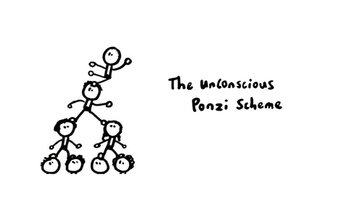The Unconscious Ponzi Scheme: When Sales Is Confused for Customer Value
- Thought Leadership
- By Seth Besmertnik
- 5 minutes read
Once upon a time, I thought the sound of a sales rep hitting the Gong was the most beautiful sound in the world. I love sales. What’s not to like?
Getting a new customer is a great moment for any business. In fact, someone once told me that SaaS actually stands for “Sales Absolves All Sins”...and I even used to repeat that to our employees :(.
But I was wrong. Because landing new customers and delivering value to those customers are two very different things. I learned the hard way that when you’re building a company, the most powerful way to grow is focusing on one thing - delivering value to your customers.
Let me share a sad story that happens all too often.
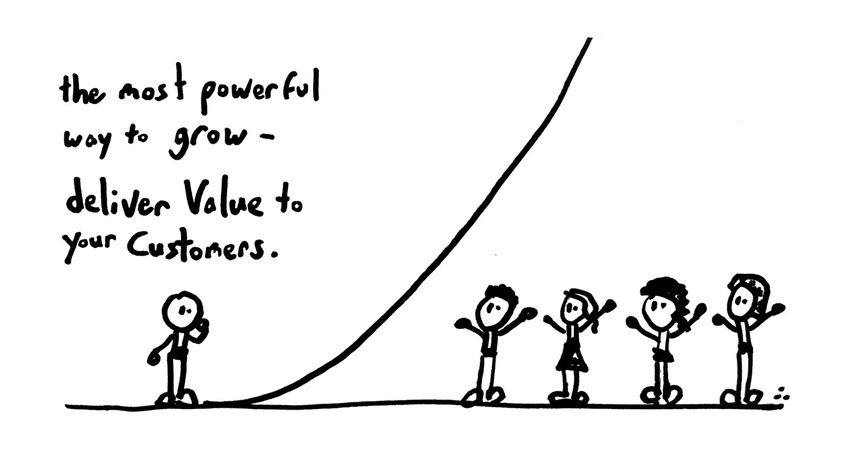
Discovering Customer Value the Hard Way
You start a company in a new market with great intentions. You build a product, you begin to sell it, and, customers are actually starting to buy it. You realize that your sales pitch/marketing is rounding up the value you actually deliver and, unsurprisingly, that makes customers happy to come on board. Eventually, however, those early customers realize that the value they expected (and were promised) wasn’t delivered.
These customers try to give you feedback and get your help, but your resources are committed to acquiring more and more new customers. Some of these customers decide to give up and cancel. At the same time, you are still bringing in more customers, perhaps three new ones for every one you lose (a net gain of two). This happens over and over again, and your business appears to continue to grow, maybe even grow really fast. And then you get more funding and hire more salespeople and the cycle continues.
Eventually, your sales cannot keep up with the customers who are leaving. The growth you were experiencing can no longer be sustained. Your revenue flattens. Crisis ensues. And your Unconscious Ponzi scheme comes to an abrupt halt.
As a leader of the business, you might find yourself unable to come to terms with what’s happening or what’s going wrong. Too often, that means thinking about all the stuff you can do to get your sales engine going again, or figuring out how to deploy your sales techniques against your unhappy customers. Maybe that means looking at how you could plug the holes: throw more services in, lower your prices, create some kind of distraction from the core truth.
However, the truth may be avoidable in the short term - but never in the long term.
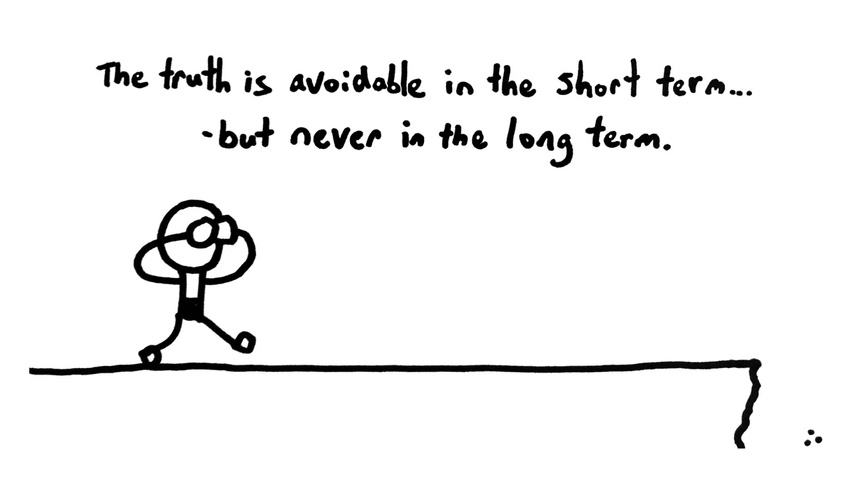
Eventually, you are faced with a choice: die—or start focusing on delivering value over sales. That means getting as excited when you get a 10 NPS survey as you used to get about that new customer gong hit. Or building those extra features customers are asking for vs. the ones sales wants. Or giving raises to your customer-facing teams. Or cutting costs somewhere so you can invest more in your product. Or canceling that market expansion, so you can hone your service offering.
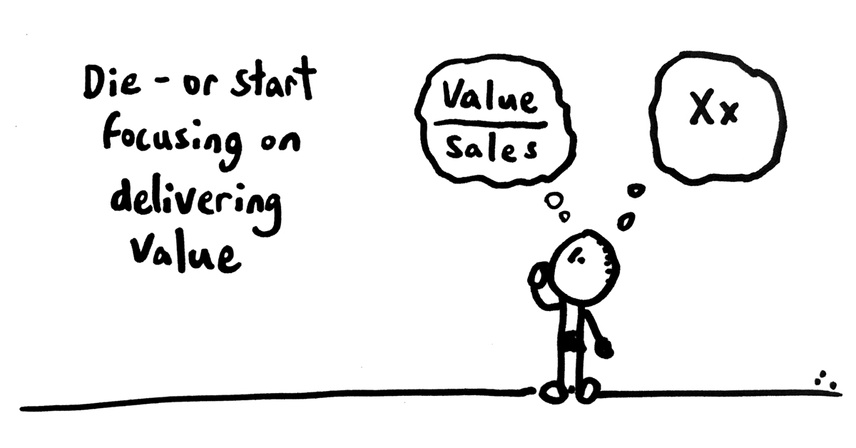
Establish a Culture of Delivering Customer Value Early
In the long term, customer value is what drives growth in a business. When customers are getting value, it’s easier to sell, retain and grow your customer stable. You build a loyal base of customers. Those customers are happy and provide referrals. If you create a solid foundation for a community of long-term customers built on real value, customer evangelism follows naturally.
So how can you make sure you are growing a business that is driven by customer value? It starts with culture: establish a culture of delivering customer value early. The #1 factor in every decision should be the answer to the question “how will this help my customers?”
People do not want to buy products; they want to buy outcomes and experiences. You must focus manically on making your customers' goals your goals and create a culture of delivering against those goals.
And then make this culture your number one selling point: make your brand synonymous with being customer-obsessed. Figure out as many ways as possible to get feedback from your customers and keep iterating and finding new paths to learn from them: what do they value? What do they need? How can you help them solve problems?
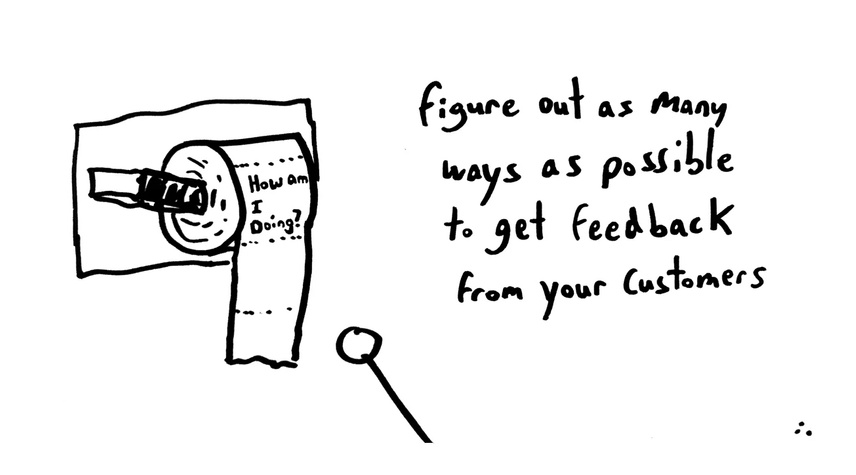
Creating Customer Value is a Team Effort
Share this with all your employees. Invite customers to speak with your staff. Call customers randomly to check in on how they are doing. Secretly shop your company and become a customer. Whatever it is, get obsessed: with delivering value, measuring customer satisfaction, and making your product better for your customers.
At this very moment, the two most valuable companies in the world are Amazon and Apple—two companies famously known for being customer-obsessed and having the absolute best product. This is the new world we live in.
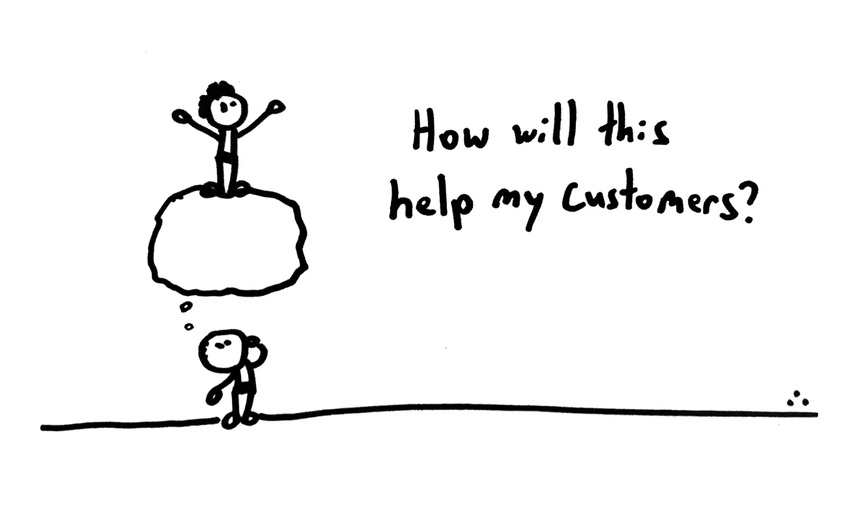
We have gone through this journey at Conductor; after growing fast for several years we barely were able to raise enough money to stay alive. From that moment forward, we made everything we did customer-first: from our product roadmaps to our company culture... and even how we did sales.
Today, our customer satisfaction scores are at a record high. We went from last place to first in the most recent analyst benchmarking report. Our employees are proud and we’ve been significantly accelerating our growth rate each quarter after 3 straight years of the opposite. This is no fluke: it is the direct result of our customer obsession.
Your business does not have an expiration date. So play the long game and focus on customer value.
#customersfirst
Get a better understanding of your customers' needs and wants with our helpful guide.
